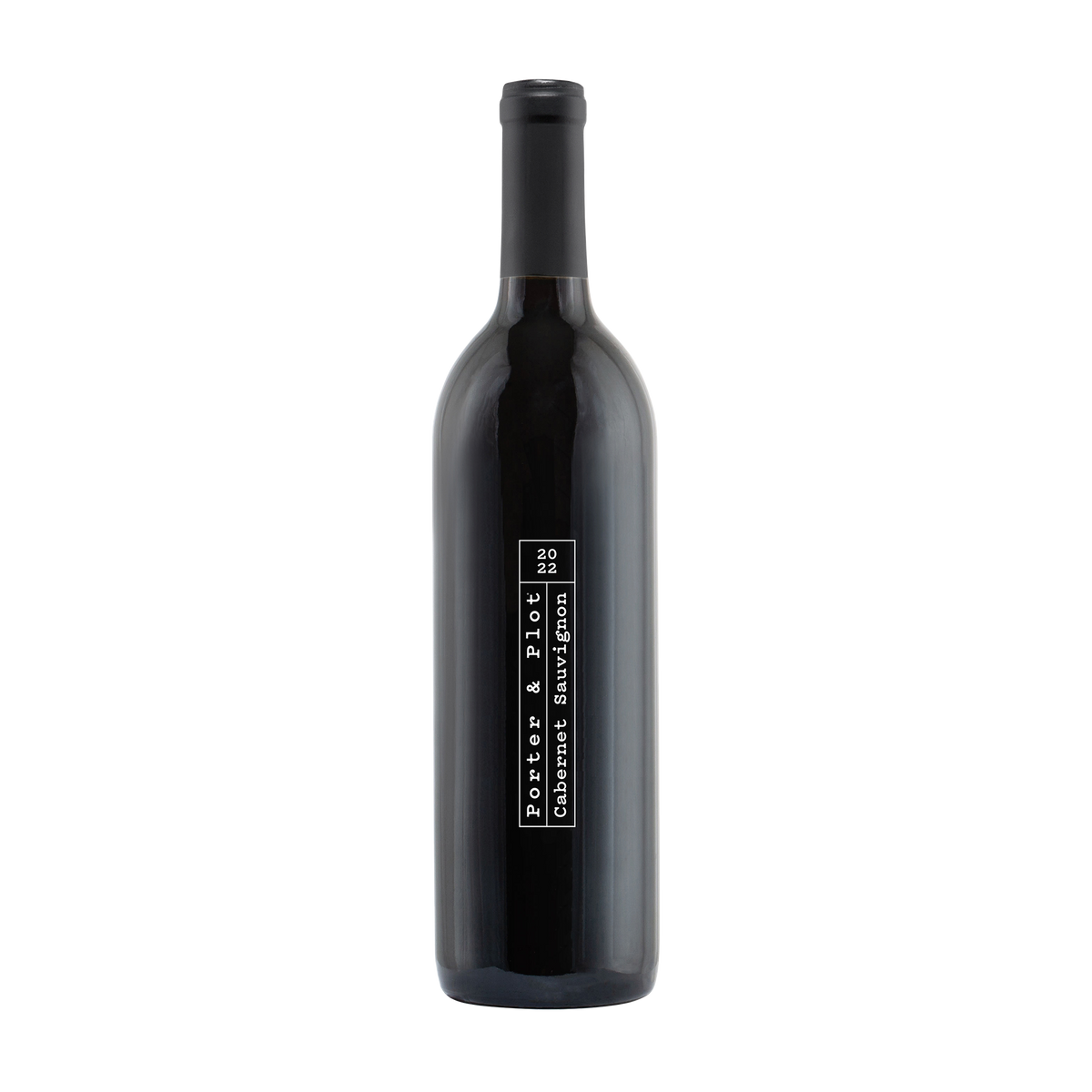2023 Guest Check Cabernet Sauvignon
Member Fav
Item cannot ship to your state
2021 Snapshot Cabernet Sauvignon
New Release
Item cannot ship to your state
2021 Cape Route Cabernet Sauvignon
Item cannot ship to your state
2022 Mojave Rain Cabernet Sauvignon
Item cannot ship to your state










